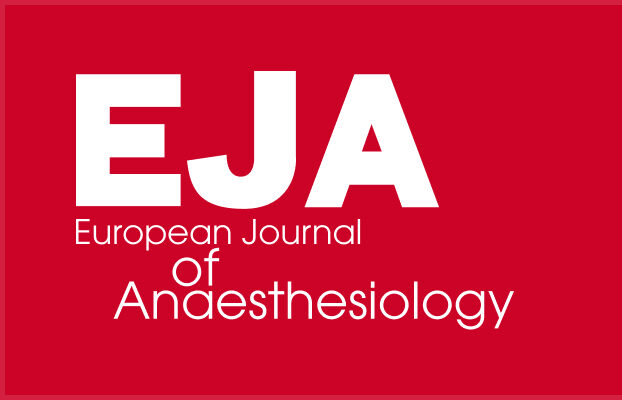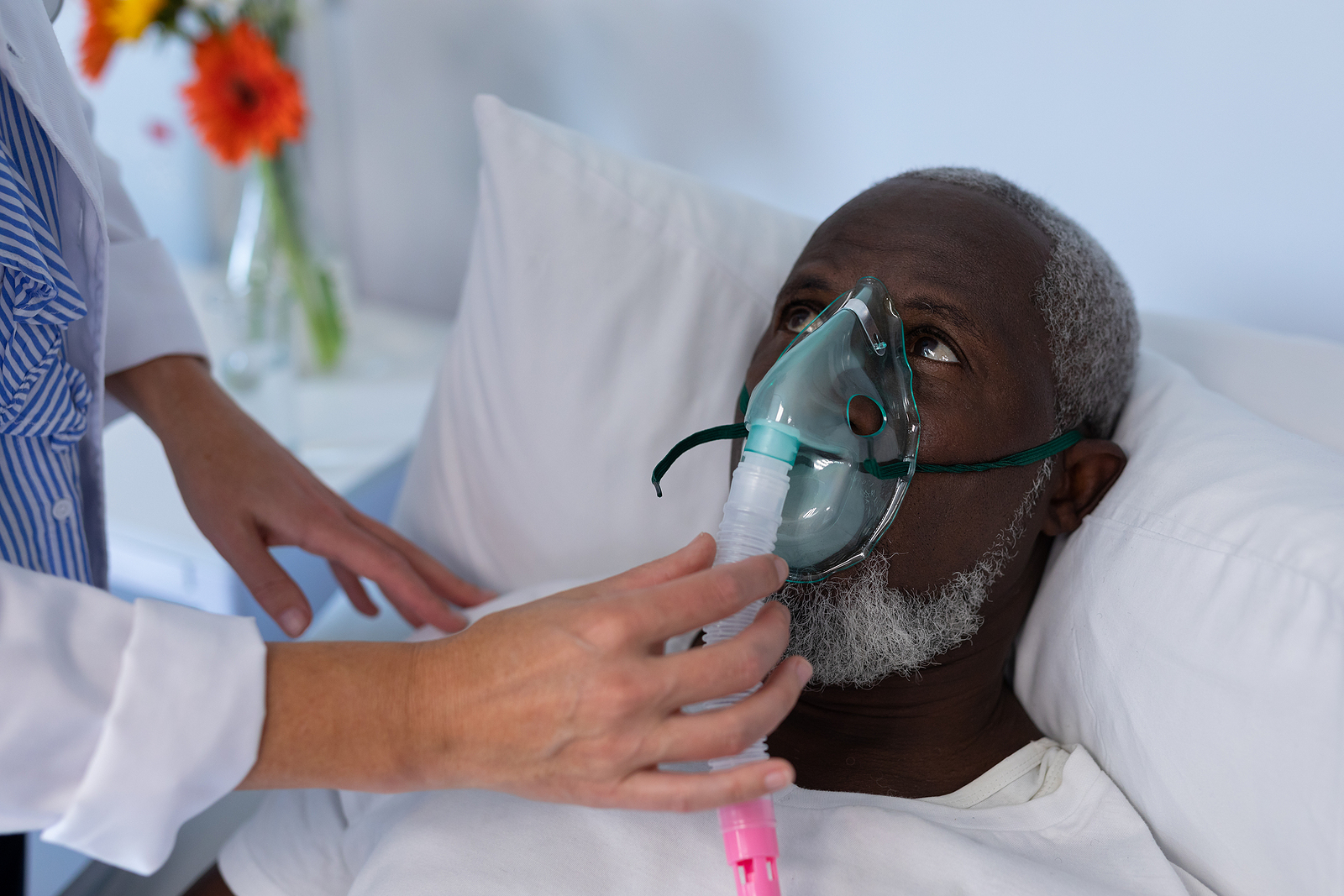Newsletter 2021
Anaesthesiologists and intensivists vs climate change
Chief editor note: We are pleased to host another paper from a very distinguished speaker at our next Euroanaesthesia 2021, this time about a topic of a special interest, due to the significant changes in the world climate.
Dr Jane Muret
Chief, Department of Anaesthesia, Critical Care and Pain
Institute Curie Paris, France
jane.muret@curie.fr
The past fifty years have seen unprecedented global improvements in life expectancy, maternal and child mortality, and education, coupled with falling poverty rates [1]. Despite these dramatic improvements in public health, the state of the natural systems on which we depend is eroding. We are seeing our planetary health fail: climate change, mass marine and terrestrial extinctions, biodiversity and soil loss, ocean acidification, global deforestation, and water shortages [2]. Climate change is arguably the most pressing of these, undermining the years of improvement in humanity’s health and development [3]. We are at the beginning of a new geological era, the Anthropocene, which began in the late 1800s when humanity started to have a significant impact on Earth’s geology and ecosystems (carbon, water, nitrogen etc. cycles). Driving the fate of the Anthropocene and such planetary health failures has been the doubling of humanity’s population since 1970 to more than seven billion in 2021, coupled with the increasing resource consumption patterns of individuals in the developed world.

There is now a growing body of literature quantifying the effects of climate change on human health, summarised by the Lancet Commission on Health and Climate Change [1,4]. Scientists have clarified the connection between environmental decay and human health. Rising greenhouse gases (GHG) concentrations and air pollution result in increased average and extreme temperatures, changes in precipitation, increases in the frequency and intensity of extreme weather events and rising sea levels [5]. These impacts endanger our health by affecting our food and water sources, the air we breathe, our community infrastructure, and our housing and health systems. The results: an increased transmission of important vector-borne and water-borne diseases, exposure to heat-related morbidity and mortality resulting from such conditions as heat stress, pulmonary, cardiovascular and renal diseases and skin cancer. Devastating weather events will increase trauma admissions and weaken our health systems. The damaging effects of climate change on mental health are also increasingly recognised. Additionally, climate change is a major contributing factor to the emigration of hundreds of thousands of people worldwide. Such rapid and worldwide demographic dislocation will surely weaken, and could even overwhelm, our health systems, generating a large number of patients with significant ill-health [4].
Interestingly, these studies reveal that for all future scenarios of GHG emissions, economic development and population growth, the financial cost of implementing GHG mitigation policies can be feasibly offset by the value of the associated health benefits [4]. The deadline, however, for action to avert some of the most catastrophic health outcomes of climate change has been estimated to be a little over a decade away [2].
More than any other medical specialists, anaesthesiologists and intensivists have been calling for action on the looming climate crisis both as individuals and as medical societies for more than a decade [6 ]. By all means, our speciality places us on the front line facing new climate-linked life-threatening pathologies. In the near future, we will experience a massive influx of trauma patients due to extreme weather events, a large diffusion of infectious diseases and an increase in the cardiovascular and pulmonary consequences of rising air pollution. Meanwhile, more frequent heatwaves will further increase our load of heat stress, acute patients. We must also contemplate this dark picture in the context of the potential fragmentation and even destruction of parts of our health infrastructure due to extreme climate events.
We already are on the front line of this health crisis as demonstrated by the still ongoing COVID crisis [7]. We have had to face major increases in medical demand for severe, unknown disease, we have been challenged by a lack of human resources and logistic medical supply, prompting us to strive to adapt our ethical standards faced with medical treatment limitations. We have been forced to postpone by months millions of non-urgent operations, thus compromising the health of non-COVID patients.
Medical treatment limitation is an area of integral relevance to anaesthesia and intensive care, and one we will have to increasingly explore in the coming years. In the light of possible new climate sanitary crises, should we be undertaking therapies on increasingly frail, aged patients with multisystem diseases – therapies that are often shown to be ineffective? As MDs, is it our duty to exercise our social advocacy responsibilities at the individual, societal, public, and now planetary level? The CanMeds Canadian Royal College of Physicians and Surgeons suggests as much [8].
Paradoxically, pollution generated in the service of healthcare’s mission to save and improve lives is causing harm to people and the planet. Our healthcare system itself contributes significantly to climate change: it accounts for 5 to 10 % of GHG emissions in developed countries [9] as well as other forms of air pollution. The health damages are of the same order of magnitude as those caused by medical errors, which we take very seriously and work hard to prevent [10].
Such changes require a profound and thoughtful evolution in our practices in order to lower the carbon footprint of healthcare delivery. This is now occurring, e.g., in the UK under the leadership of the Sustainable Development Unit for Healthcare, and other countries followed this trend [11]. We will require considerable further investment in research and we will need to examine efficient healthcare delivery as well as undertake a global rethink of our medical systems and their excessive resource consumption [12].
Anaesthesiologists and intensive care physicians must consider what can be done now to reduce the carbon footprint of their practice [13]. Operating theatres and intensive care units are a resource-intensive sector of health care, with high-energy demands, consumable throughput, and large waste volumes. Moreover, the anaesthetic gases that we use are GHGs. The total median carbon intensity per operation was calculated to be 160 kg CO2e [12], and there are more than 200 million anaesthetic cases globally per annum. Emissions reduction strategies including avoiding anaesthetic gases with high global warming potential, preferential use of alternative anaesthetic strategies (regional techniques, total intravenous anaesthesia), reduction, recycling and better sorting of waste, reduction and reprocessing of single-use medical devices, and occupancy-based ventilation of operating rooms: all have the potential to lessen the climate impact of surgical services without compromising patient safety. We must prioritise research in life cycle analysis of medical devices, in the environmental impact of new practices and technologies and in the development of green devices [14]. Moreover, we can reduce the chemical and environmental exposure of our patients and health professionals by influencing environmentally preferable purchasing.
The medical community has an illustrious and important history of improving health at the societal level, from addressing the cholera epidemics to influencing governments and the public about the dangers of tobacco smoke to recent Nobel recognition for reducing the risk of nuclear warfare. The march of climate change will similarly require physicians to mobilise, not only at the level of research and treatment but perhaps even at the level of political action. Medical ethics demand no less.
To consider such ideas also encourages health professionals to make changes in order to reduce their carbon footprint in their private lives. Fly less, make ‘meat a treat’, consume less in general, bicycle to work, enjoy being with family and friends at home and close by!
References
- Whitmee S et al Lancet 2015;386:1973.
- Intergovernmental Panel on Climate Change. Global Warming of 1.5° C. https://www.ipcc.ch/sr15/
- Haines A et al. New England Journal of Medicine 2019;380:263
- Watts N et al. Lancet. 2021 Jan 9;397(10269):129-170.
- https://climate.nasa.gov/
- Sherman et al. International Anesthesiology Clinics 2010;48:139
- McGain F et al. Br J Anaesth. 2021 Mar;126(3):e119
- Dunk J et al. N Engl J Med, 2019 ; 381;8 ; 778
- Eckelman MJ et al. PloS one 2016;11:e0157014.
- https://insights-som-yale-edu.cdn.ampproject.org/c/s/insights.som.yale.edu/insights/uncovering-healthcares-hidden-climate-impact?amp
- https://www.england.nhs.uk/greenernhs/a-net-zero-nhs/ https://sfar.org/comites/developpement-durable/
- MacNeill AJ et al. Lancet Planet Health 2017;1: e381
- McGain F et al. Br J Anaesth. 2020 Nov;125(5):680
- McGain F et al. Anesthesia and Analgesia 2012;114:1134
Read our Monthly newsletter.
Read More of our special newsletter covering our virtual congress 2020.
Visit our COVID-19 Resource Hub for other news and resources.










